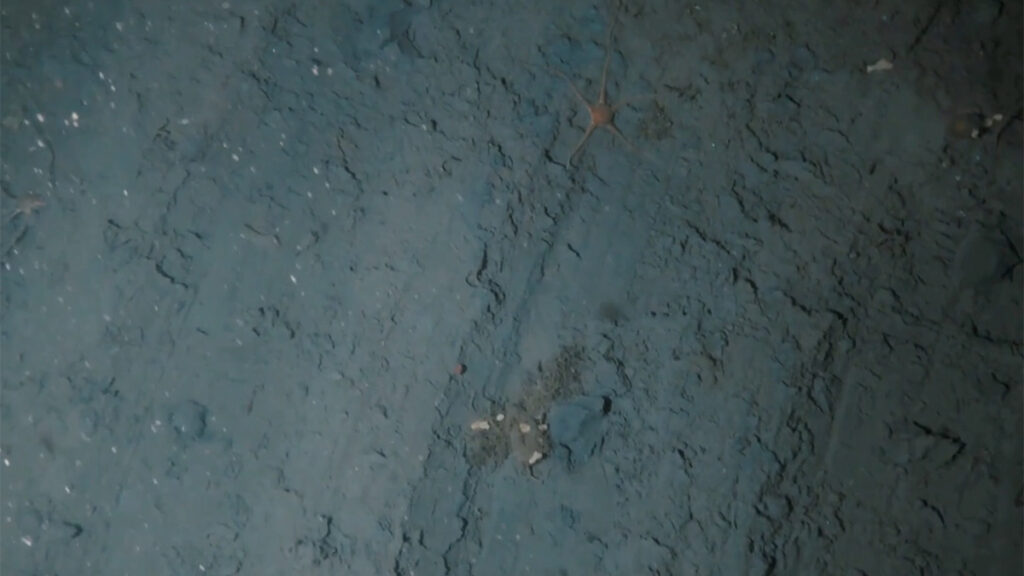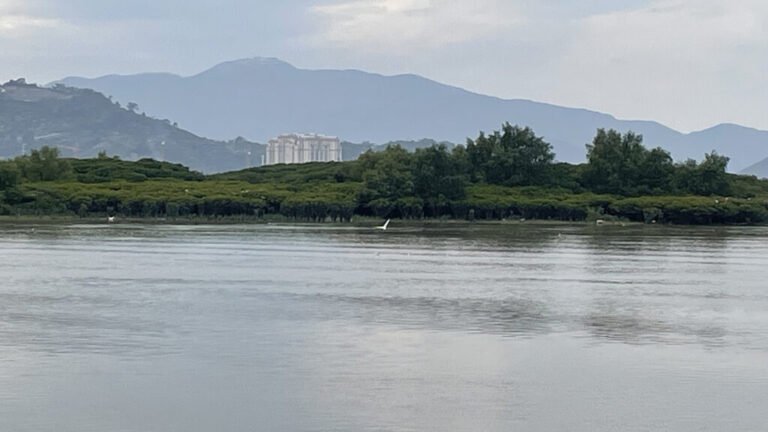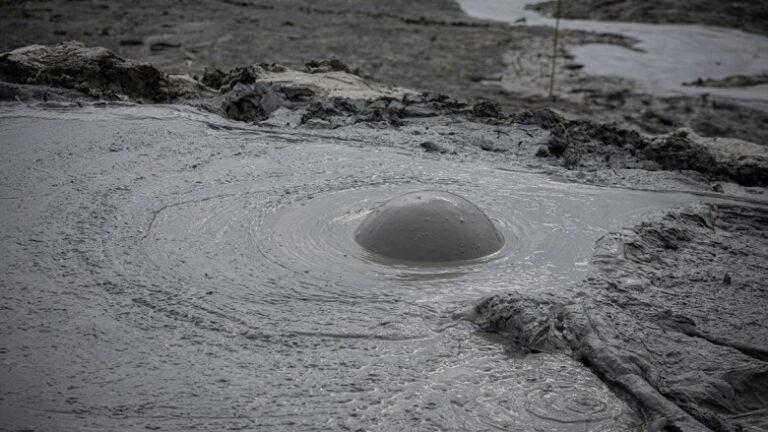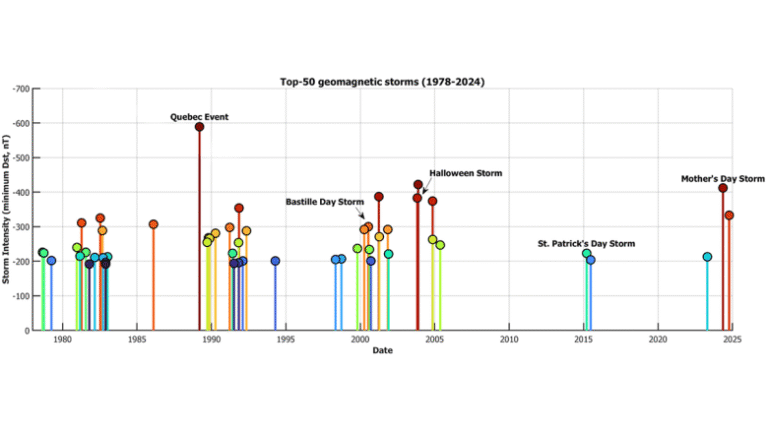

Marine scientist Matthew Mulrennan was piggybacking on a tourist vessel around the Antarctic Peninsula’s coasts, surveying a seabed teeming with life, when his underwater cameras came across a gray seafloor scarred with ridges.
Anchoring had churned up the sediment, leaving lifeless patches strewn with crushed sponges. The damage had narrowly missed three giant volcano sponges, which can live for up to 15,000 years and grow larger than the divers who study them.
“We saw a lot of life on the seafloor and not a lot of regulation around its protection,” said Mulrennan, founder of KOLOSSAL, an ocean exploration and conservation nonprofit in California.
Mulrennan’s footage, which was released alongside a recent study in Frontiers in Conservation Science, provides evidence that the seafloor impacts of anchoring now extend to remote polar waters.
A Vulnerable Ecosystem
Retreating sea ice is opening Antarctica’s coast to increasing amounts of ship traffic, including tourist cruises. “Most visitors want to see the penguins, seals, and whales,” Mulrennan said, but the seafloor, which is home to 95% of the continent’s biodiversity, “is where the real action is.”
With large areas of the Southern Ocean unexplored, scientists estimate that as many as 17,000 species might live on the seabed.
Many Antarctic species, such as the giant volcano sponge, are uniquely adapted to extreme cold and play an important ecological role, Mulrennan said. “They filter water, sequester carbon, provide food and habitat.”
“These are probably some of the most vulnerable ecosystems to anchor in in the world.”
“These are probably some of the most vulnerable ecosystems to anchor in in the world,” Mulrennan said. Although relatively fast-growing tropical reef communities may start to recover from anchoring in roughly a decade or so, “it could take hundreds or potentially thousands of years for Antarctic ecosystems to grow in the exact same way,” he said.
Mulrennan surveyed 36 sites around the Antarctic Peninsula between 2022 and 2023, finding anchor damage only at Yankee Harbour on Greenwich Island.
He showed the footage to Sally Watson, a geophysicist at Earth Sciences New Zealand and a study coauthor, who matched the characteristically uniform, curved gouges to anchor damage observed elsewhere.
Anchors can dig through 80 centimeters of sediment, but most damage is caused by the connected chain, which sweeps sideways because of winds and currents and can excavate 50 centimeters of sediment where it lies on the seafloor. From above, the scars resemble a broomstick, explained Watson, composed of one main scour stemming from the anchor connected to a series of branching gouges dug as the chain shifts in the sediment.
“Most of the really important life is within the uppermost 10 centimeters,” Watson said. “Anchoring blasts through that.”
In 2022, Watson and her colleagues published the first estimate of anchoring’s global footprint, putting its damage on par with bottom trawling.
Anchors and Icebergs
Anchoring isn’t the only thing churning up the Antarctic seafloor. Icebergs can drift into shallow water and drag along the seabed—causing well-documented impacts around the Antarctic Peninsula’s coastline, said Lloyd Peck, a marine biologist from the British Antarctic Survey who was not involved in the study.
Diver surveys show that iceberg scouring can destroy up to 99% of life on the shallow seabed. Regularly uprooted by icebergs, shallow-living species recover relatively quickly, in around a decade.
Waters deeper than 30 meters are struck less often, Peck said, allowing complex, slow-growing organisms to establish themselves. The slow growth also means these deeper areas take longer to recover.
At Yankee Harbour, Mulrennan observed the scours in waters 70 meters in depth, so he is confident they were caused by anchoring rather than by icebergs. Peck agreed, noting the large, slow-growing volcano sponges nearby. “That suggests the iceberg scouring is going to be very rare here,” he explained.
“Activities in Antarctica are bound by strict conservation rules, yet ship anchoring goes almost completely unregulated.”
Peck said that compared to iceberg scouring, anchoring will have a minor imprint across the Antarctic Peninsula. But the location of an anchoring impact is as important as its scope, he noted. “This is about disrupting sheltered areas that icebergs can’t reach.”
Species-rich areas in deeper waters, such as Yankee Harbour, could be acting as refugia, Peck explained, reseeding surrounding areas with life after they are scoured by icebergs. To avoid wider ecosystem impacts, he said, “we should be making every effort to avoid anchoring in areas of undisturbed biodiversity.”
In addition to tourist cruises, research vessels, shipping fleets, and private yachts operate in Antarctic waters. “Activities in Antarctica are bound by strict conservation rules” for all visitors, Mulrennan said, “yet ship anchoring goes almost completely unregulated.”
Watson and Mulrennan have several suggestions to mitigate anchoring impacts, including limiting time vessels spend on anchor and the use of designated anchorages, where ecological impact can be monitored and limited.
Above all, anchoring needs wider recognition as a conservation concern, not just in Antarctica but globally, Watson said. “I think we could do better, by changing the way we anchor, the gear we use, but at least understanding that this is not a no-consequences game.”
—Erin Martin-Jones, Science Writer
Citation: Martin-Jones, E. (2025), Anchoring is damaging the fragile Antarctic seabed, Eos, 106, https://doi.org/10.1029/2025EO250246. Published on 11 July 2025.
Text © 2025. The authors. CC BY-NC-ND 3.0
Except where otherwise noted, images are subject to copyright. Any reuse without express permission from the copyright owner is prohibited.






